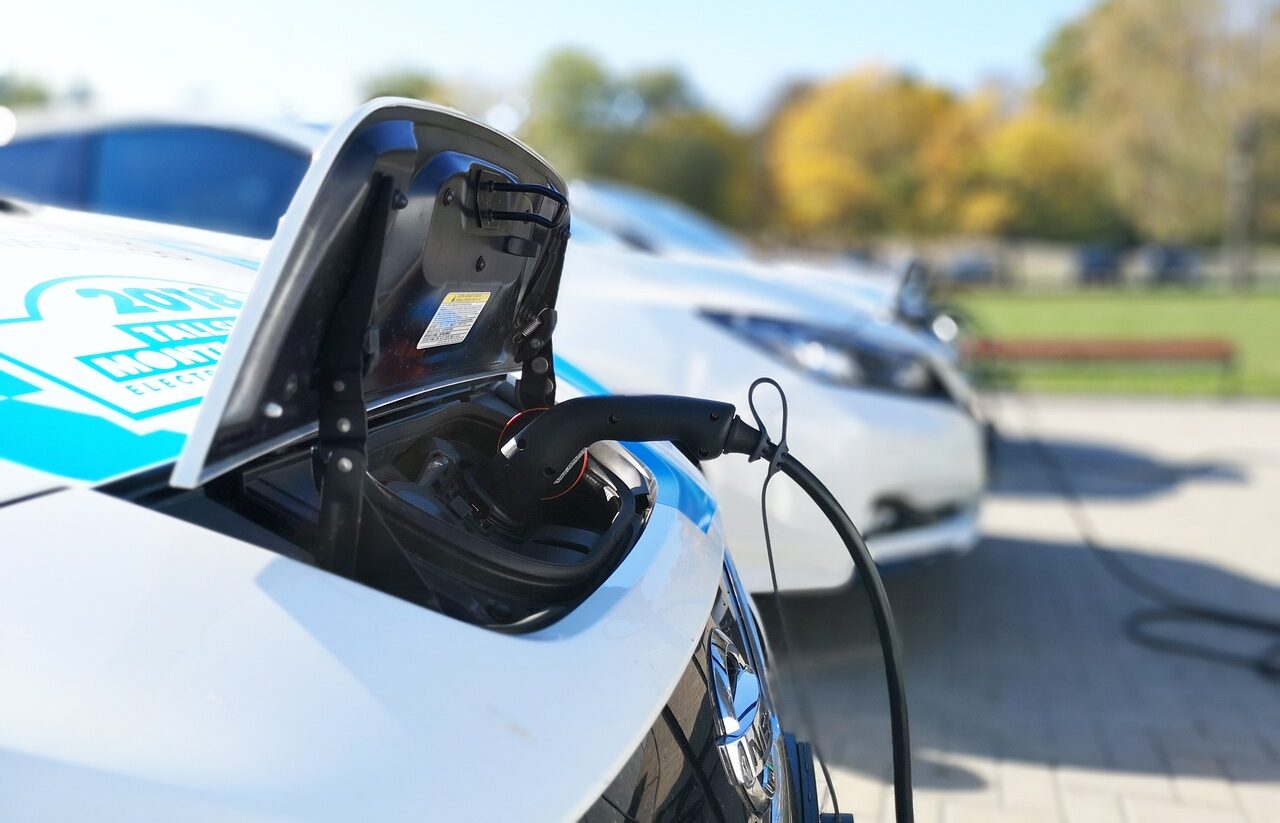Environmental Benefits and Scenic Considerations
With more and more electric and plug-in hybrid vehicles on our roadways, new opportunities and challenges are on the rise for scenic conservation.
Benefits of Electric Vehicles
The benefits of EVs are well known. Reducing tailpipe emissions leads to less smog and air pollution, improving air quality, creating clearer views, and reducing damage to sensitive natural and historic sites.
The COVID pandemic and quarantine, which saw dramatic reductions in motor vehicle traffic, provided a preview of what communities like Los Angeles could look like with permanent emissions reductions.

Scenic Conservation Challenges
However, the introduction of new charging infrastructure will mean broad changes to the built and natural environment that may harm the aesthetic qualities of scenic places. Existing stations for gasoline and diesel fuel constitute a major scenic intrusion, with garish signs and significant light pollution. New charging stations could exacerbate these problems. However, if managed correctly, they can offer a chance to improve our country’s roadways, communities, and rural areas.

Balancing EV Charging Needs with Scenic Concerns
Scenic America offers the following guidelines to assist communities with
- Conduct visual impact assessments for any proposed charging installation projects, and ensure that sensitive sites and views are protected.
- Ban or minimize signage, especially digital signage, associated with charging stations, limiting signage only to what is useful and necessary for drivers.
- Rather than reflecting the preferences of advertisers, charging station design should reflect traffic safety and transportation best practices recommended by subject matter experts. For example, see emerging best practices for electric vehicle charging infrastructure (theicct.org).
- Avoid light pollution and distracting glare associated with existing gas stations. Ban the use of on-site digital or moving digital displays. Charging stations require a much smaller footprint than traditional gas stations, and to the extent possible, a transition away from the old model to smaller, dispersed stations should be encouraged.
- Use charging station installation projects as platforms for “dig once” approaches to undergrounding overhead wires and other intrusive utility infrastructure.
- Explore options for the use of passive charging stations, and encourage the development and installation of non-intrusive charging technology as it becomes available.
- Encourage electric vehicle owners to take advantage of home charging capabilities, minimizing the need for third-party charging. Because most vehicle trips within a short distance of drivers’ homes, the need for charging stations may be reduced to the occasional long-distance trip.
- Encourage context-sensitive solutions to charging station projects, respecting local architecture, and encouraging the use of native plants, as well as visual impact mitigation techniques.
- Governance of charging stations, particularly related to questions of zoning decisions and public versus private ownership, should favor a policy outcome that best promotes scenic conservation.
Latest News
-
 Exploring Some of America’s Best Hiking Trails: 10 National and…From the towering peaks of Glacier to the waterfalls of Fall Creek Falls, America’s parks…
Exploring Some of America’s Best Hiking Trails: 10 National and…From the towering peaks of Glacier to the waterfalls of Fall Creek Falls, America’s parks… -
 Victory for Public Lands: Senate Proposal to Sell Off Federal…A major threat to America’s public lands has been defeated. Thanks to strong bipartisan opposition…
Victory for Public Lands: Senate Proposal to Sell Off Federal…A major threat to America’s public lands has been defeated. Thanks to strong bipartisan opposition… -
 Sedona’s “Turquoise Arches” Show How Communities Maintain ControlWhen McDonald’s sought to open a location in Sedona, its signature bright yellow “Golden Arches”…
Sedona’s “Turquoise Arches” Show How Communities Maintain ControlWhen McDonald’s sought to open a location in Sedona, its signature bright yellow “Golden Arches”… -
 Proposal to Sell Off Public Lands Blocked in the SenateA Senate proposal to sell off millions of acres of public land has been blocked…
Proposal to Sell Off Public Lands Blocked in the SenateA Senate proposal to sell off millions of acres of public land has been blocked…